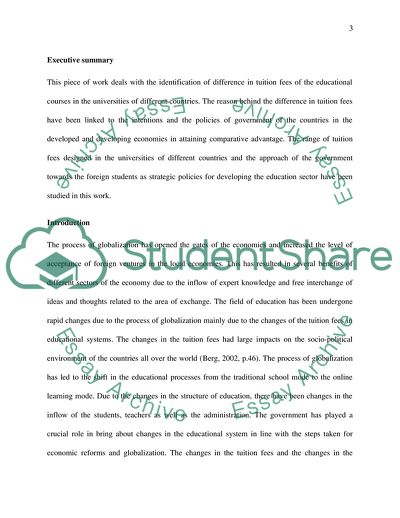Cite this document
(Difference in Tuition Fees of the Educational Courses in the Case Study, n.d.)
Difference in Tuition Fees of the Educational Courses in the Case Study. Retrieved from https://studentshare.org/education/1804727-comparative-governance
Difference in Tuition Fees of the Educational Courses in the Case Study. Retrieved from https://studentshare.org/education/1804727-comparative-governance
(Difference in Tuition Fees of the Educational Courses in the Case Study)
Difference in Tuition Fees of the Educational Courses in the Case Study. https://studentshare.org/education/1804727-comparative-governance.
Difference in Tuition Fees of the Educational Courses in the Case Study. https://studentshare.org/education/1804727-comparative-governance.
“Difference in Tuition Fees of the Educational Courses in the Case Study”. https://studentshare.org/education/1804727-comparative-governance.


